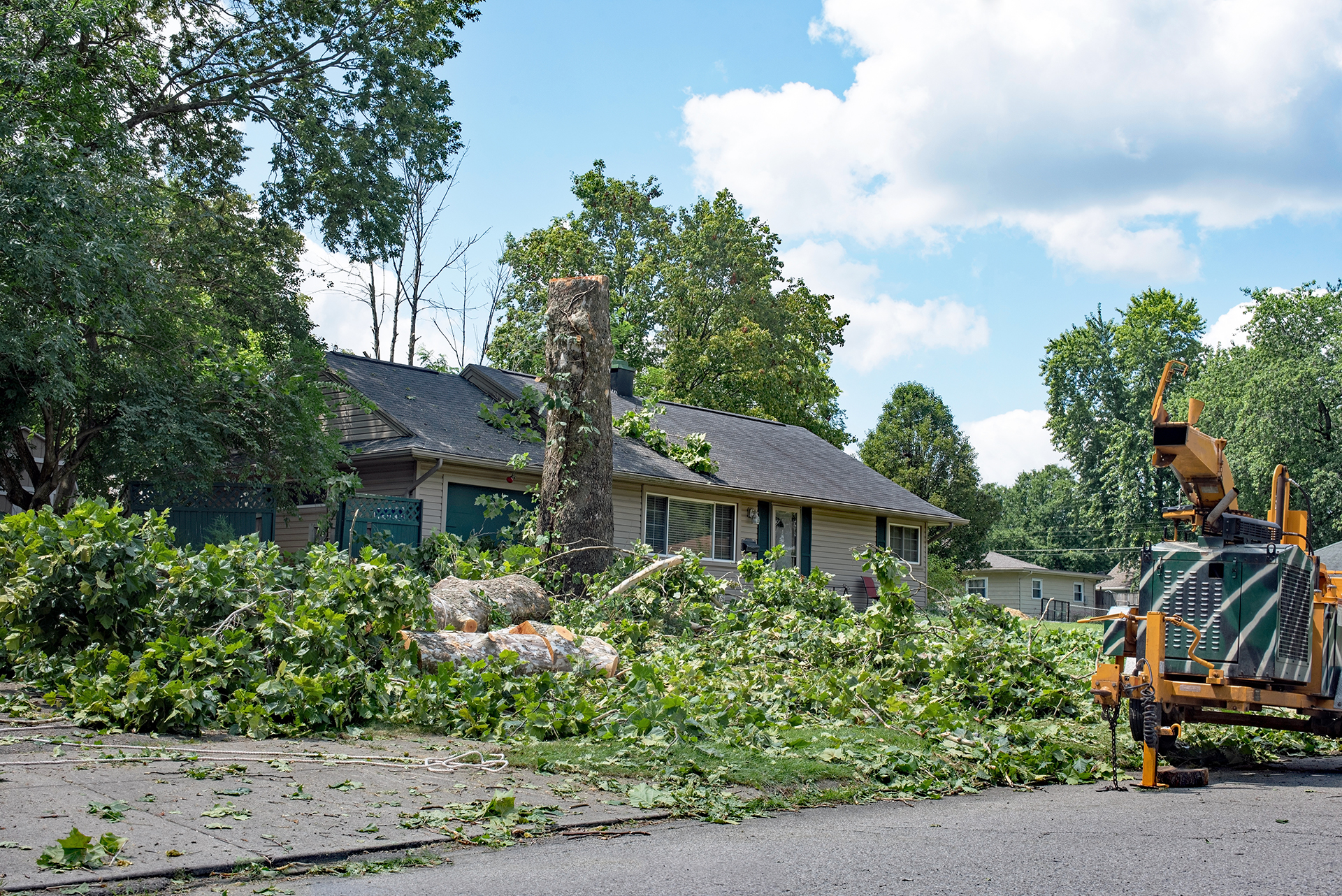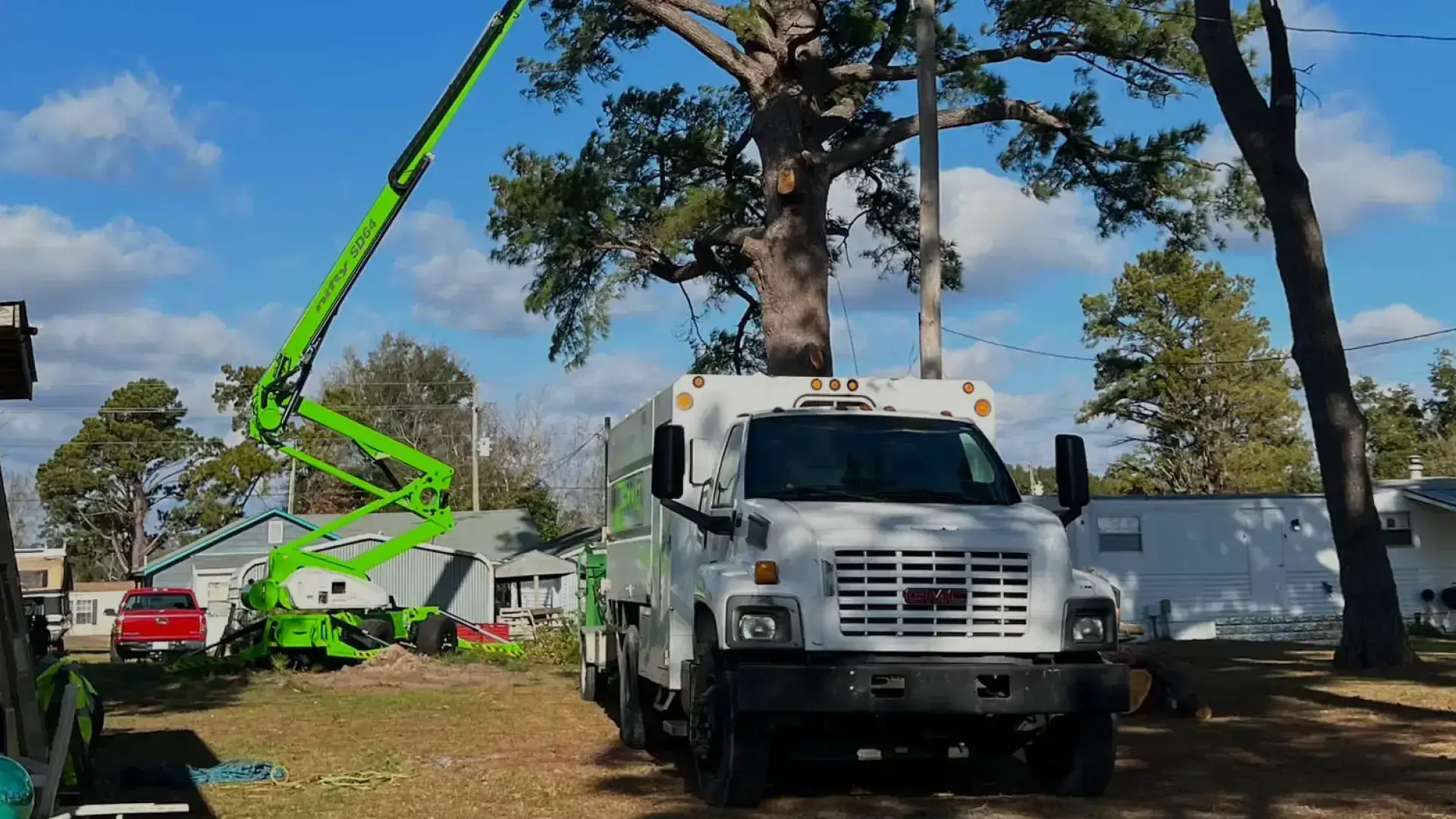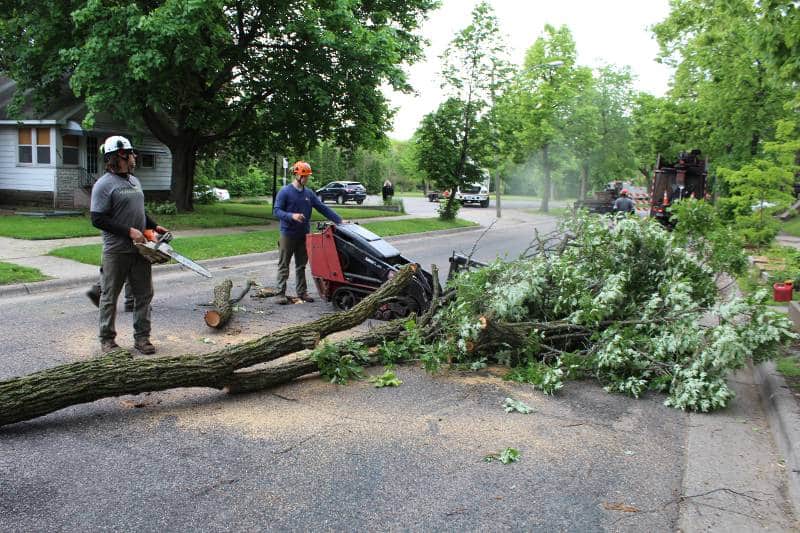Tree Removal Financing: How to Afford Essential Tree Services
Introduction
Tree removal can be a significant expense, especially if you’re dealing with large trees or complex situations. Whether it’s a safety concern, a landscaping choice, or a necessity due to damage or disease, financing the removal of a tree can be a burden. This article will guide you through everything you need to know about tree removal financing, from the cost involved to the best financing options available.
Understanding the Need for Tree Removal
Safety Concerns
Trees that are old, diseased, or damaged can pose a serious risk to your property and your family’s safety. Falling branches or toppling trees can cause significant damage to homes, cars, and even power lines. In severe cases, they can lead to injuries or fatalities. Therefore, removing these trees becomes a crucial safety measure.
Property Value and Aesthetics
Overgrown or unsightly trees can negatively impact the curb appeal of your home. A well-maintained landscape, on the other hand, can increase property value. Tree removal might be necessary to enhance the overall appearance of your yard, making your property more attractive to potential buyers.
Environmental Impact
While it might seem counter intuitive, removing certain trees can sometimes benefit the environment. For instance, invasive species or diseased trees might need to be removed to protect the surrounding ecosystem. Additionally, removing a tree might be essential to make way for new growth that is more beneficial to the environment.

Tree Removal Financing Options
Personal Loans
How Personal Loans Work
Personal loans are a popular option for financing tree removal. These loans are unsecured, meaning they don’t require collateral, and you can use the funds for virtually any purpose, including tree removal.
Pros and Cons of Personal Loans
Pros: Quick access to funds, no collateral required, fixed interest rates, and flexible repayment terms.
Cons: Higher interest rates compared to secured loans, and your credit score will heavily influence the interest rate you receive.
Home Equity Loans
Using Home Equity for Tree Removal
If you have significant equity in your home, a home equity loan or line of credit (HELOC) can be a cost-effective way to finance tree removal. These loans are secured by your home, offering lower interest rates.
Advantages and Risks
Advantages: Lower interest rates, potential tax benefits, and larger loan amounts.
Risks: Your home is at risk if you default, and the application process can be longer and more complex.
Credit Cards
When to Use Credit Cards
Credit cards can be a convenient way to finance smaller tree removal jobs, especially if you can pay off the balance quickly.
Potential Drawbacks
High-interest rates can make this an expensive option if you don’t pay off the balance within the interest-free period. It’s best to use credit cards only for smaller amounts or short-term financing.
Contractor Financing Plans
What Are Contractor Financing Plans?
Some tree removal companies offer financing plans directly through their business or a third-party lender. These plans can range from no-interest promotions to long-term payment plans.
Benefits and Downsides
Benefits: Convenience of handling financing directly through the contractor, possible no-interest promotions.
Downsides: Higher overall costs if you don’t pay within the promotional period, and limited options compared to traditional loans.

Government Assistance Programs
Eligibility and Application Process
In some cases, government assistance may be available for tree removal, especially if the tree poses a safety hazard or is in a disaster-prone area. These programs often have strict eligibility requirements.
Programs Available
Check with local and federal agencies for programs like FEMA’s disaster relief assistance, which may cover tree removal in specific scenarios.
How to Choose the Best Financing Option
Assessing Your Financial Situation
Start by evaluating your financial situation. Consider your credit score, current debt, and the amount you can afford to pay monthly. This will help narrow down the best financing options for you.
Comparing Interest Rates and Terms
Always compare interest rates and repayment terms from different lenders. Look for the option that offers the lowest rate and most favorable terms for your financial situation.
Considering the Long-Term Impact
Think about the long-term impact of your financing choice. A loan with a lower monthly payment might seem attractive, but if it stretches over many years, you could end up paying significantly more in interest.
The Importance of Hiring a Professional
Risks of DIY Tree Removal
While it might be tempting to save money by removing a tree yourself, it can be extremely dangerous without the proper equipment and expertise. Falling branches, electrical hazards, and unstable trees can all lead to serious injury or damage.
What to Look for in a Tree Removal Service
When hiring a professional, make sure they are licensed, insured, and have good reviews. Ask for a detailed estimate and ensure they include all costs, including cleanup and debris removal.
Conclusion
Tree removal is an important but often costly task. Understanding the various financing options available can help you manage these expenses without compromising your financial stability. Whether you opt for a personal loan, home equity loan, or another financing option, make sure to compare your choices carefully and choose the one that best fits your needs.

